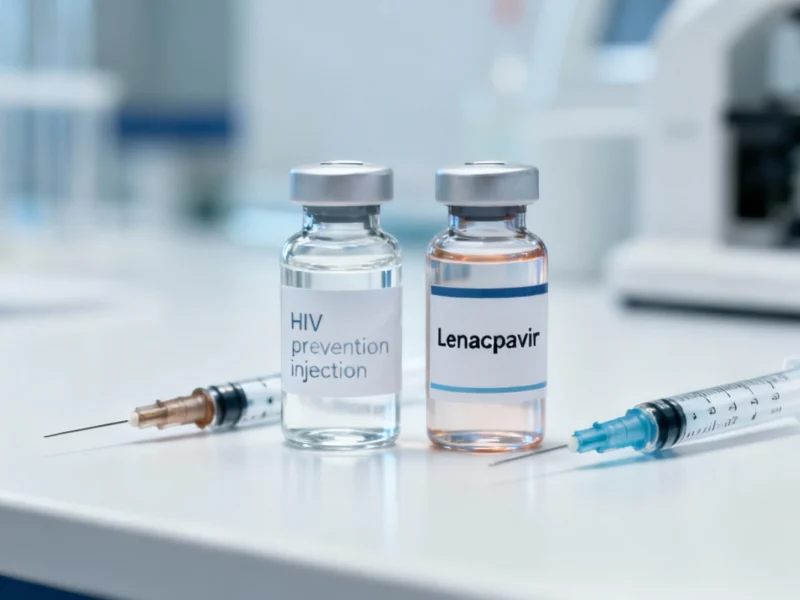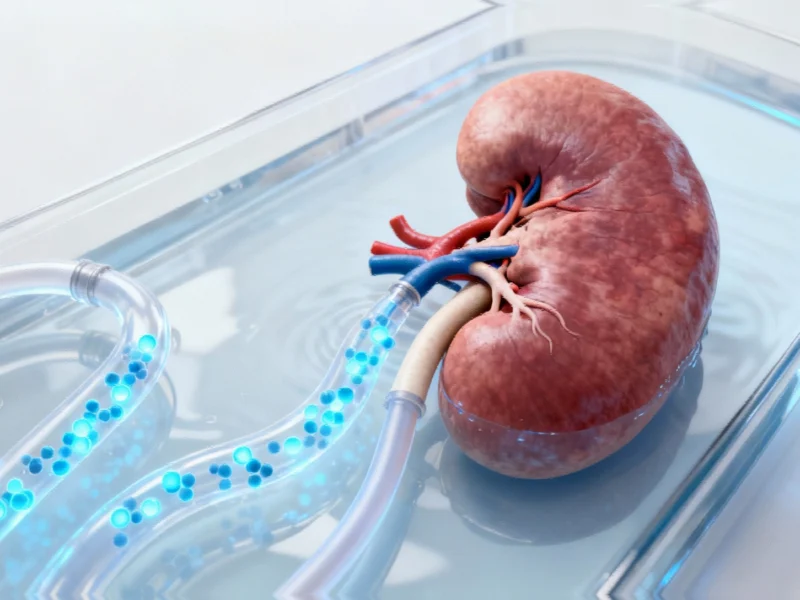The Science Behind Waking Dormant Hair Follicles
For decades, the battle against hair loss has been fought with limited weapons—temporary slowdowns or surgical interventions. Now, groundbreaking research points to a potential paradigm shift: a topical treatment that doesn’t just slow hair loss but actually reactivates dormant hair follicles. The experimental compound PP405 represents what could be the most significant advancement in hair restoration technology, leveraging the body’s own lactate to trigger regrowth in follicles that have completely stopped producing hair.
How PP405 Differs From Current Treatments
Unlike minoxidil and finasteride, which primarily work to slow the progression of hair loss, PP405 takes a fundamentally different approach. This compound specifically targets follicle stem cells that have entered a dormant state, effectively “waking them up” to resume normal hair growth cycles. Early research suggests this mechanism could potentially restore hair that hasn’t grown for years, addressing the root cause of baldness rather than merely managing symptoms.
The treatment’s topical application method also distinguishes it from oral medications, potentially reducing systemic side effects while delivering concentrated benefits directly to the scalp. This approach aligns with recent scientific breakthroughs in targeted drug delivery systems that maximize efficacy while minimizing unwanted effects.
The Lactate Connection: Fueling Hair Regeneration
At the core of PP405’s innovative approach is its utilization of lactate, a natural byproduct of cellular metabolism. Researchers have discovered that lactate serves as a key signaling molecule that can activate dormant hair follicle stem cells. This biological pathway represents a sophisticated understanding of hair follicle physiology that previous treatments have overlooked.
This discovery comes amid broader industry developments in cellular research and regenerative medicine. The ability to manipulate specific metabolic pathways for therapeutic benefit represents a growing trend in medical science that extends far beyond hair restoration.
Current Research Status and Future Timeline
While the preliminary results from animal studies are promising, researchers emphasize that human trials are still ongoing. The treatment has demonstrated significant efficacy in mouse models, showing not just prevention of hair loss but actual regeneration of hair in previously bald areas. However, the scientific community maintains cautious optimism as the compound moves through necessary testing phases.
The development of PP405 occurs against a backdrop of strategic crossroads in medical research funding and international scientific collaboration. Such cutting-edge research often depends on complex global partnerships and regulatory frameworks that continue to evolve.
Broader Implications for Medical Science
The principles behind PP405’s mechanism of action could have implications beyond hair restoration. The ability to reactivate dormant stem cells using natural metabolic signals might inform treatments for other conditions involving cellular senescence or tissue regeneration. This represents an exciting frontier in regenerative medicine that researchers are only beginning to explore.
These medical advancements parallel related innovations in technology and computing, where fundamental discoveries in one field often spark progress in seemingly unrelated areas. The intersection of biology and technology continues to yield unexpected breakthroughs.
Market Context and Industry Impact
The global hair restoration market, valued at billions annually, stands to be transformed by a truly effective regenerative treatment. Current options primarily include pharmaceuticals, surgical procedures, and emerging laser therapies, but none offer the potential for actual regeneration of completely lost hair.
This development in medical research coincides with market trends across multiple industries facing supply chain and innovation challenges. The successful development of PP405 would not only represent a medical breakthrough but also demonstrate how focused research can overcome longstanding biological limitations.
Furthermore, the research environment that enables such discoveries is influenced by geopolitical dynamics that affect international scientific cooperation and knowledge sharing. Medical breakthroughs increasingly depend on global research ecosystems that transcend national boundaries.
What This Means for Consumers
For the approximately 80% of men and 50% of women who experience significant hair loss during their lifetime, PP405 represents hope for a more permanent solution. While current treatments require ongoing use to maintain results, a successful follicle-activating treatment could potentially offer longer-lasting benefits.
However, experts caution that even if PP405 proves successful in trials, it would likely be several years before it reaches consumers. The development pathway for new therapeutics involves rigorous safety and efficacy testing, followed by regulatory review processes.
The computational power required to advance such complex biological research continues to grow, reflecting recent technology advancements in processing capacity and data analysis capabilities that enable researchers to model complex biological systems with unprecedented precision.
Looking Ahead: The Future of Hair Restoration
As research into PP405 and similar compounds continues, the field of hair restoration appears poised for transformation. The traditional dichotomy between “slowing loss” and “surgical replacement” may soon include a third option: genuine regeneration. This shift would represent not just another treatment option but a fundamental rethinking of what’s possible in addressing hair loss.
While questions remain about long-term efficacy, optimal application protocols, and potential side effects, the preliminary success of PP405 in activating dormant follicles suggests we may be approaching a new era in hair restoration—one where going bald becomes an option rather than an inevitability for millions worldwide.
This article aggregates information from publicly available sources. All trademarks and copyrights belong to their respective owners.



